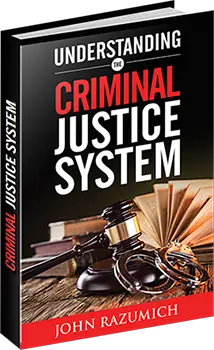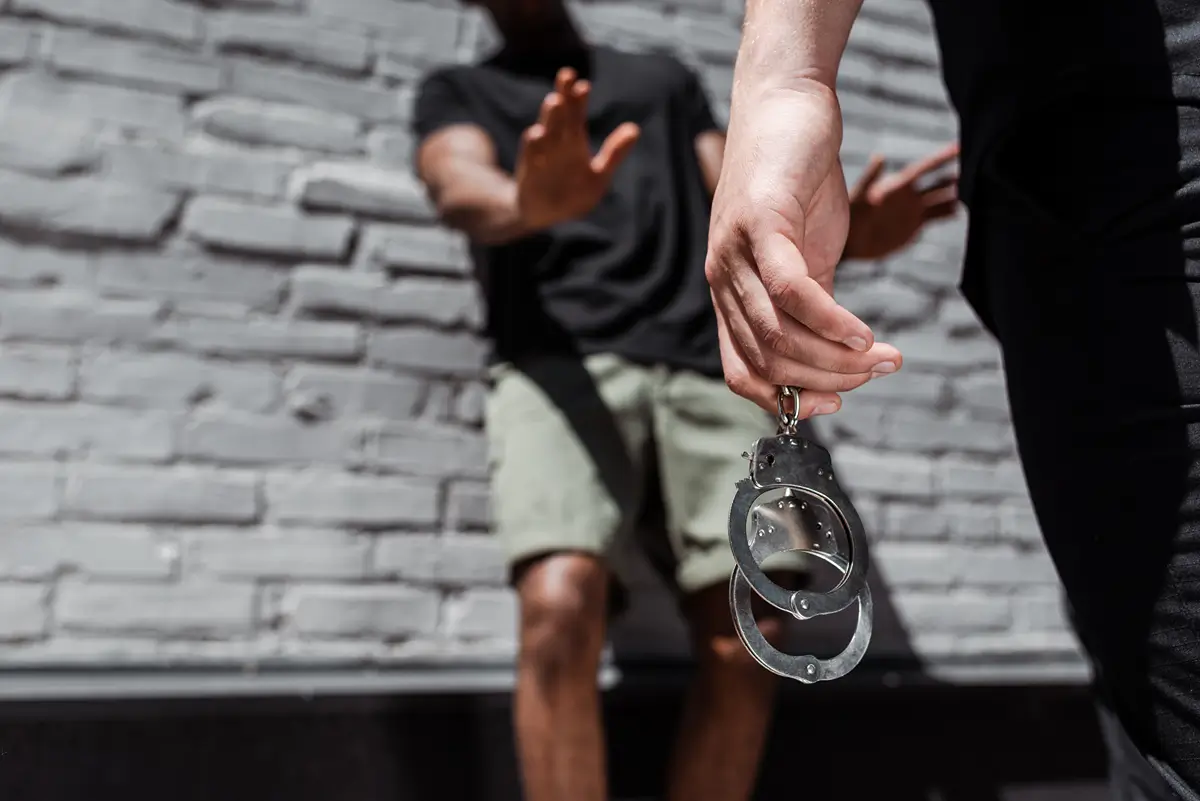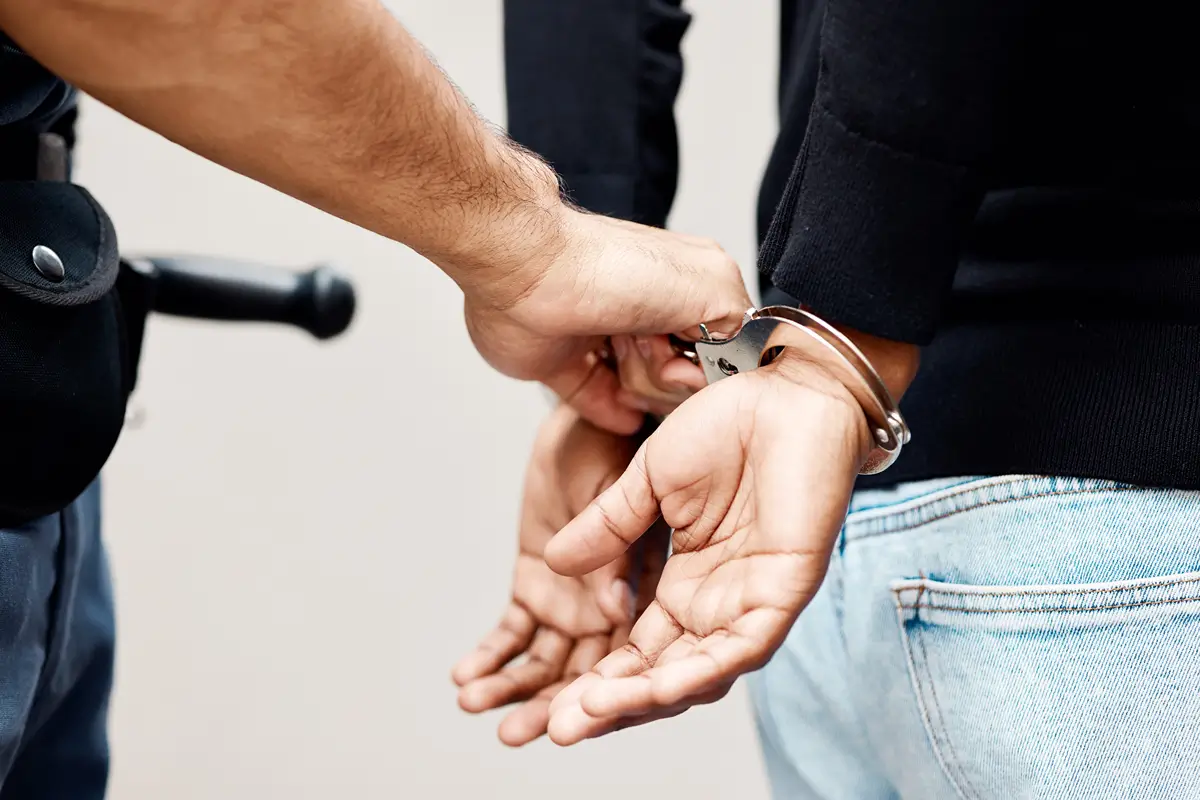The trial in the case of United States vs. Shipp began on February 12, 1907, just over a year after Ed Johnson was sentenced to death for a crime he may not have committed. To oversee the taking of testimony and the admission of evidence, the Supreme Court of the United States appointed its Deputy Clerk as Special Master for the proceedings. The presentation of witnesses, their cross-examinations, and the admission of evidence took place at the federal courthouse in Chattanooga, Tennessee, about nine blocks from the location that Ed Johnson was lynched. None of the Justices attended the proceedings as they unfolded.
For more than a year, witnesses were sworn, evidence was heard, and motions were argued. The Court would dismiss all defendants except for Sheriff Joseph Shipp and eight other individuals. On March 2, 1909, lawyers met at the Old Senate Chambers of the United States Capitol, which is where the Supreme Court had been holding sessions since 1860, to argue their cases. Each side was given a full day to argue. United States Attorney General Charles Bonaparte chose to make the prosecution’s 6-hour closing argument himself.
The Justices deliberated over the verdict for five days in late April, 1909. While five of the eight Justices hearing the case believed that Sheriff Shipp and his co-defendants were guilty of disobeying an Order of the Court, disagreement arose regarding the meaning of the verdict. Some of the Justices believed that the verdict was exclusively about preserving the integrity of the Court, while others believed that the Court needed to send a message that lynch law would not be tolerated in this country.
Chief Justice Melville Fuller delivered the Verdict on May 24, 1909, which found Sheriff Shipp, one of his deputies, and four leaders of the lynch mob guilty of contempt.
“It is apparent that a dangerous portion of the community was seized with the awful thirst for blood which only killing can quench,” Fuller stated. “The persons who hung and shot this man were so impatient for his blood that they utterly disregarded the act of Congress as well as the order of this court.”
When anyone in custody “is at the mercy of a mob,” Fuller continued, “the administration of justice becomes a mockery. When this court granted a stay of execution on Johnson’s application, it became its duty to protect him until his case should be disposed of. And when its mandate, issued for his protection, was defied, punishment of those guilty of such attempt must be awarded.”
On November 15, 1909, the defendants appeared before the Court to receive their sentences. Sheriff Shipp and two others were ordered to serve 90 days in jail, while the other three defendants were ordered to serve 60 days in jail. The sentences were to be served at the United States Jail in the District of Columbia. All six defendants were released early for good behavior.
The conclusion of the only criminal trial in Supreme Court history affected each of the players in different ways. Sheriff Joseph Shipp was given a hero’s welcome when he returned to Chattanooga on January 10, 1910. A monument was eventually erected in his honor. Judge Samuel McReynolds, who oversaw Ed Johnson’s original rape trial, would go on to serve in Congress for 18 years.
Fearing for their lives, Noah Parden and Styles Hutchins never returned to Chattanooga, Tennessee. Mr. Styles moved to Taft, Oklahoma, and left the practice of law. Mr. Parden moved to East St. Louis, Illinois, where he continued to practice law for the next forty years.
If the mob hadn’t murdered Ed Johnson, it’s likely that Noah Parden’s name would be remembered as one of the great litigators of the 20th Century. In addition to being the first black attorney to argue a case before the full Supreme Court, every one of Mr. Parden’s constitutional arguments would go on to be affirmed by the Supreme Court: that the right to a fair trial is undercut by the threat of mob violence; that defendants must be afforded the right to effective counsel; that criminal trials must be open to the public; that there is a federal right to a fair trial in state criminal proceedings; that states may not systematically exclude potential jurors because of race; and that state criminal defendants have a right to federal habeas corpus proceedings.
In an old, nearly forgotten cemetery on Missionary Ridge overseeing Chattanooga, Ed Johnson’s grave can still be found. The headstone is crude, and neglect and disrepair have caused it to nearly topple over. On the reverse is chiseled the phrase, “Farewell until we meet again in the sweet by and by”, and on the front his final words: “God Bless you all. I am a Innocent Man.”
The making of history is rarely a “clean” process, and the history of the law is no less messy. The decision in United States vs. Shipp began the process of the Supreme Court incorporating the constitutional rights of persons accused of criminal offenses to the several states, and to allowing state prisoners to petition the federal courts if they believe that their rights have been violated. Although subsequent legislation, such as the Anti-Terrorism and Effective Death Penalty Act of 1996, has significantly weakened the ability of state prisoners to pursue federal habeas relief, this case was the first to establish the right of habeas corpus to state prisoners as well as federal ones. Although it wasn’t enough to avoid this tragedy, the work of Noah Parden and Styles Hutchins was not in vain.






